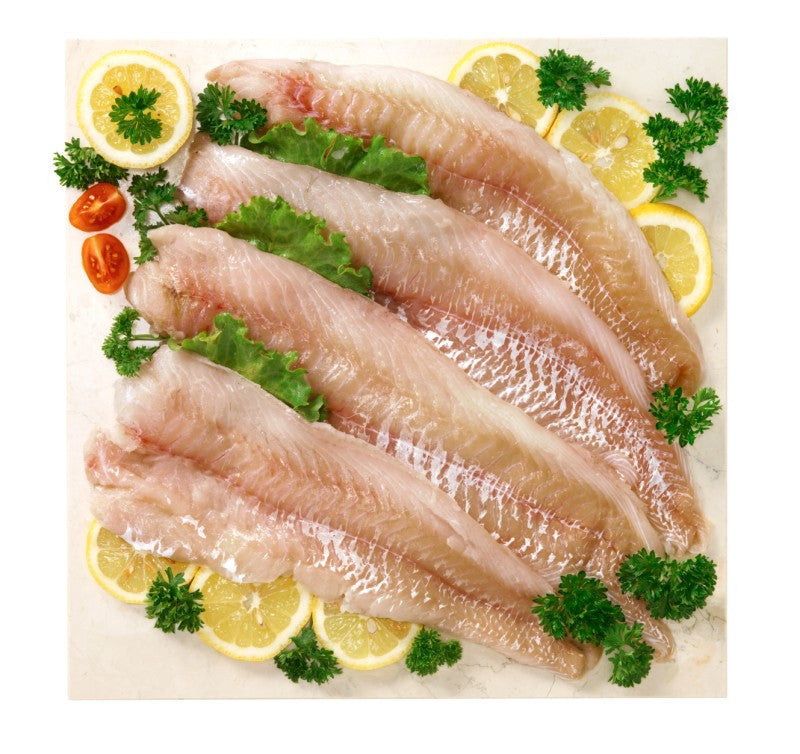
What is Coley & How To Cook It
Share
Coley belongs to the cod family. Although it is often confused with pollock, certain characteristics differentiate it from the other fish species. Its back is typically dark green to black in colour, while its belly is white to silver. Coley has smaller eyes than pollock. And, while the lower jaw of the former protrudes only slightly, the latter’s lower jaw protrudes noticeably.
Cod are found throughout the UK and Irish waters, although they are more common in North East England and Scotland. As for diet, they mostly survive on other fish, such as herring, small mackerel, and sandeel, although they also feed on marine worms and crustaceans. Their breeding time is in January to March, when they go into deeper water. They also grow fast; at the end of their first year, they grow 20 to 25 cm long. They can grow up to 1.3 metres in length and live for up to 25 years.
Although the flavour and texture of coley is comparable to cod, it is considered inferior, which can be a good thing because it means it is less expensive. Additionally, it is a sustainable fish choice. However, choose the bigger fish as much as possible; avoid consuming coley below 60 centimetres.
As with many other kinds of fish, coley is a great source of protein, a macronutrient you need for building muscle mass, digestion, and producing energy. Other nutrients it is rich in include selenium and vitamin B12. Selenium has antioxidant properties, which means that they can protect your cells from damage. Vitamin B12, which your body is not able to produce on its own, is essential for the formation of DNA and red blood cells and the maintenance of your nervous system.
Coley is available fresh as fillets or as a whole fish. You can also buy it frozen in slices. It is great for fish pies because of its firm flakes. You can also have it fried, grilled, or poached.
BBC features some coley recipes, including:
Coley with tarragon sauce vierge, which you can prepare in less than 30 minutes and with a cooking time of 10 minutes. Its ingredients include olive oil, lemon, tomatoes, shallot, garlic, tarragon, salt, black pepper, and of course, coley fillets. For the complete recipe, visit: http://www.bbc.co.uk/food/recipes/coleywithtarragonsau_90925
Coley is also great for home-made fish fingers. The ingredients, other than coley, are as simple as plain flour, free-range eggs, breadcrumbs, parsley, lemon, salt, black pepper, mayonnaise, gherkins, and capers. The preparation time may be a bit longer, which is 30 minutes to one hour, and its cooking time is 10 to 30 minutes. But, the finished product is well worth your effort. You can find the recipe here: http://www.bbc.co.uk/food/recipes/how_to_make_fish_fingers_64484
To sum up, coley is affordable, healthy, and sustainable. It is less expensive than cod yet it is still flavourful. It is a good source of protein and other nutrients, such as vitamin B12 and selenium. And, coley is sustainable, so having it means you are making an environment-friendly food choice.
